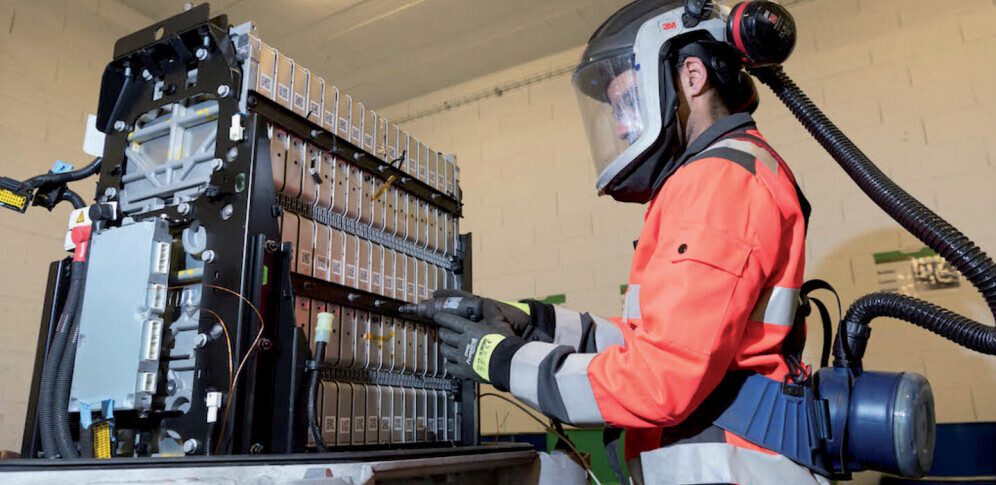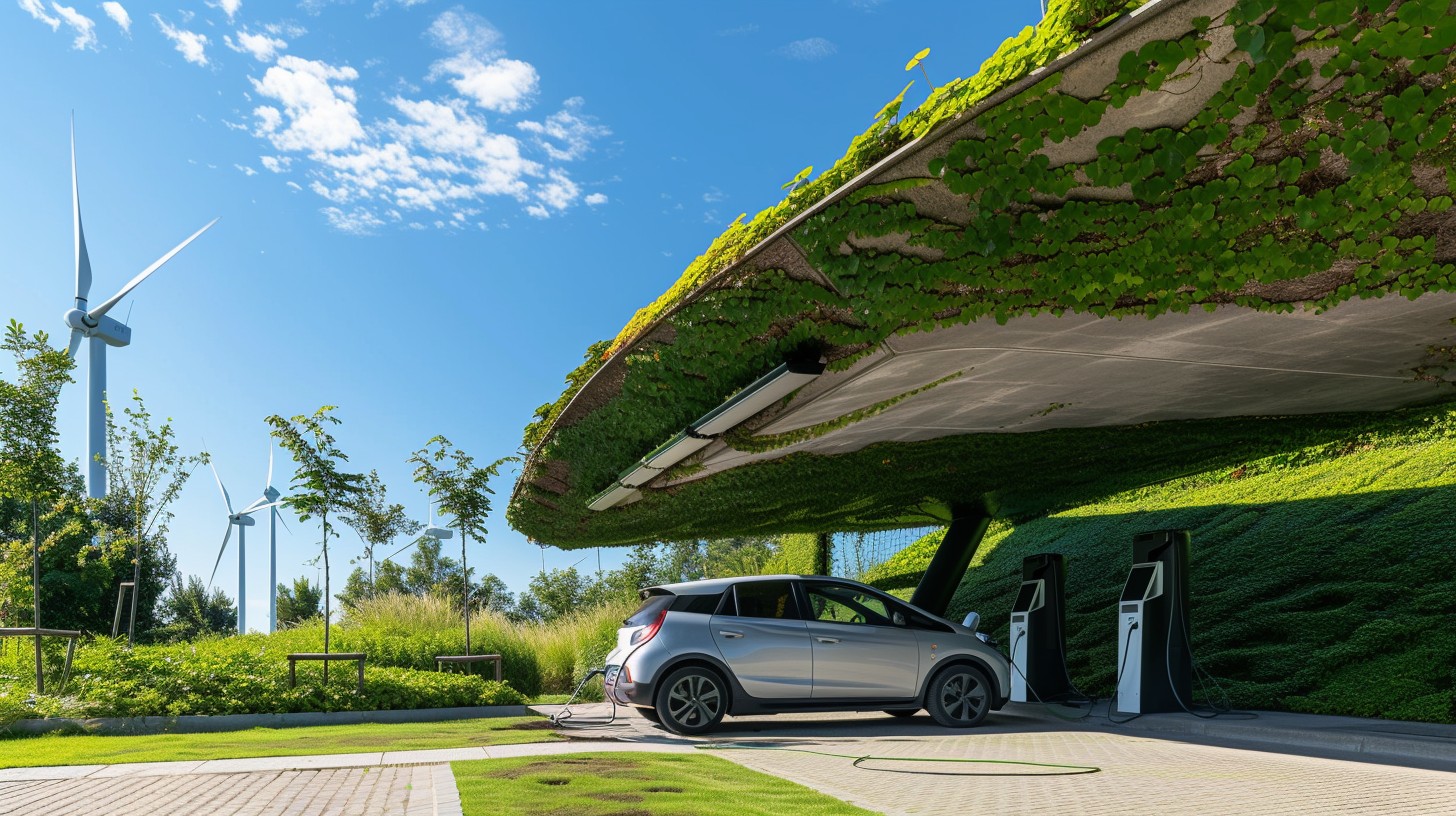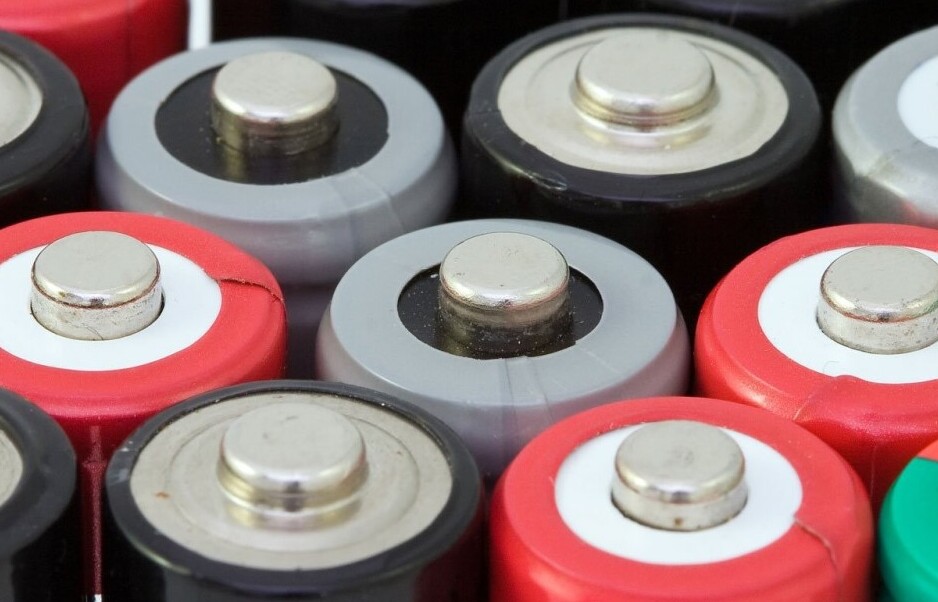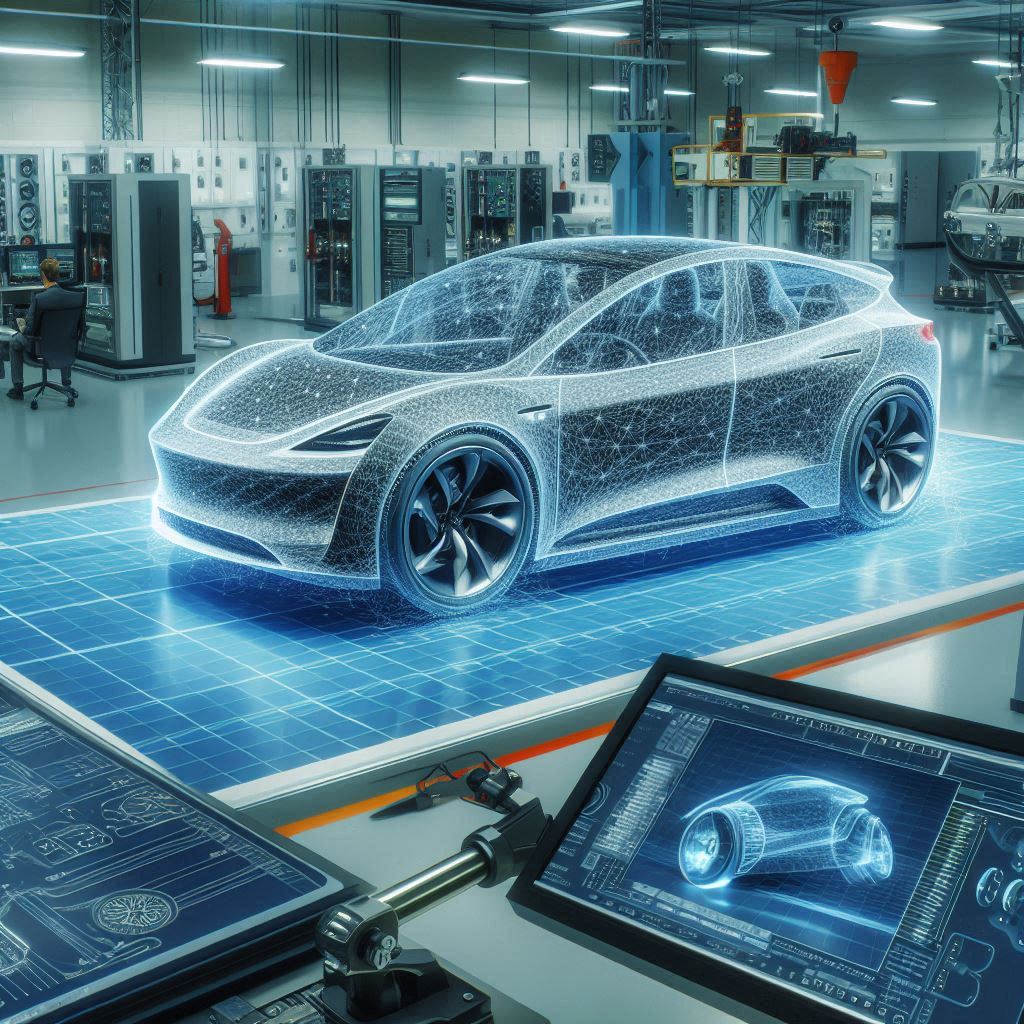Innovations In Electric Vehicle Recycling Processes
Electric vehicles (EVs) are taking over our roads, but there’s a catch. As these eco-friendly cars become more common, we’re also seeing a big increase in used up batteries. It’s kind of wild if you think about it—the very things saving the planet can pile up and cause a mess if not dealt with properly.
Imagine towering piles of used EV batteries. It’s a pretty bleak picture, right? But it’s not just clutter that’s the problem. These batteries have loads of precious metals like lithium, cobalt, and nickel—stuff we can’t afford to waste. Extracting it fresh from the earth not only hollows out landscapes but also releases a load of carbon into our atmosphere.
Then there’s the whole environmental concern. Chucked out batteries can spill harmful chemicals, hurting wildlife and ecosystems. The growing pile of electronic waste is harder to ignore as more EVs hit the streets. Basically, if recycling’s not part of the plan, we’re swapping one problem for another.
Regulations are cranking up the pressure too. Governments across the globe are laying down laws to ensure we’re not just good at using EVs, but also at recycling their batteries. It’s not just about being green. It’s about sustaining it all in the long run.
Recycling is like gold mining in your backyard—instead of drilling down into the earth, you find value in something that’s already been used. It’s a smart move, especially as EVs keep booming and the need for these raw materials shoots up. Figuring out how to make use of these battery materials again is not just clever; it’s the only way forward.
Key Innovations Revolutionising EV Battery Recycling
When it comes to recycling EV batteries, innovation is more than just a buzzword—it’s what’s giving the whole system a much-needed upgrade. The tech world is all abuzz with hydrometallurgical techniques, which are, frankly, a breath of fresh air compared to the old-school methods. Instead of burning through resources and spewing emissions, these methods work with aqueous solutions to recover metals, turning a messy problem into a clean solution.
You’ve got to give it up for direct recycling too. This approach is changing the game by keeping battery components intact as much as possible. Imagine fixing something without breaking it down completely—much more efficient, right? Less energy, more preservation of what’s already there. It’s a win-win.
Then there’s the cool concept of closed-loop recycling. It’s basically the industry’s version of a circular economy, where recycled materials find their way back into new batteries. No waste, no fuss—just a clever cycle of reuse. Think of it as upcycling on a mega scale.
Harnessing these methods not only curtails environmental impact but could potentially make EVs cheaper and more sustainable. The journey of making these processes mainstream, though, isn’t just about tech—it’s also about mindset shifts among manufacturers and users alike. That’s the kind of innovation needed to really drive change.
Pioneers Leading the Charge in EV Recycling
Some companies aren’t just catching up with innovations—they’re leading the way. Redwood Materials, for instance, is shaking things up with its approach to direct recycling. Founded by JB Straubel, who formerly helped shape Tesla’s tech future, they’re all about recovering battery materials without tearing them down too much. This knack for keeping valuable components largely intact means less energy wasted, which is a huge plus.
Then there’s Ascend Elements, making waves with their ‘Hydro-to-Cathode’ technology. It’s a mouthful, but what’s cool is they use hydrometallurgical processes to turn used cells straight into new battery materials. Lower carbon footprint, higher efficiency—what’s not to love? This method not only saves materials but also cuts down on emissions during the recycling phase.
Eramet is also on the frontlines with its ReLieVe project, which zeros in on closed-loop recycling. They’re in the business of refining recovered metals to be as high-quality as those freshly mined, using cutting-edge hydrometallurgical processes. Their approach serves the dual purpose of being sustainable and economically viable, proving that the balance is achievable.
These companies are setting the bar and serving up some serious inspiration for others to follow. It’s their innovation that could well redefine the standards in EV battery recycling. As more players enter this field, the methods used and the technology applied will keep getting more sophisticated, potentially transforming the entire auto industry for the better.
Future-Proofing EV Battery Recycling Processes
Designing batteries for easy recycling is a crucial step forward in sustainability. The current design doesn’t often consider how easy it is to dismantle a battery at the end of its life. By incorporating features for easy disassembly and material separation, manufacturers can drastically improve recycling efficiency. It’s all about thinking ahead and designing with a sustainable future in mind.
Scaling up recycling capacity is another pressing issue. As more electric vehicles hit the road, the amount of end-of-life batteries will only continue to rise. Investment in large-scale recycling facilities is desperately needed to handle this growing demand. Lots of companies are keen, but it takes money and planning to grow from a promising startup to handling fleets’ worth of batteries.
Finally, exploring new battery chemistries holds lots of potential. New types of batteries, like solid-state versions, are expected to hit the market soon. Research is crucial to develop recycling processes that can keep up with these innovations. Staying ahead of these changes ensures that when new technology arrives, the recycling industry is ready to adapt.
Being proactive about these aspects not only prevents future headaches but also enhances overall sustainability. It’s about building a system that’s not only robust today but can handle whatever tomorrow throws at it.

Challenges and Considerations Moving Forward
The road ahead for EV battery recycling isn’t without its bumps, and navigating these challenges is key to harnessing its full potential. One major hurdle is the economic feasibility of developing and implementing new recycling technologies. While the innovations we’ve discussed are promising, they need to be financially sustainable for widespread adoption. Balancing costs while maintaining efficacy is a tightrope act the industry needs to master.
Regulatory frameworks pose another layer of complexity. Keeping up with diverse regulations worldwide is tricky for companies looking to operate at a global scale. Adhering to these regulations ensures not only compliance but also the trust of consumers and governments alike. Clear, consistent policies can either fuel or hinder innovation, making it crucial for stakeholders to stay informed and adaptable.
Public-private partnerships are essential in fostering significant advancements in recycling processes. Collaboration between governments, private enterprises, and research institutions can spur necessary investments and breakthroughs. Pooling resources and expertise accelerates innovation and deployment on a larger scale, creating a more cohesive and aligned approach to EV battery recycling.
Addressing these challenges requires a concerted effort from all involved in the EV lifecycle. From manufacturers to lawmakers, everyone has a role to play in shaping a sustainable future. Taking these issues head-on today sets the stage for a cleaner, more circular economy tomorrow.




5 comments